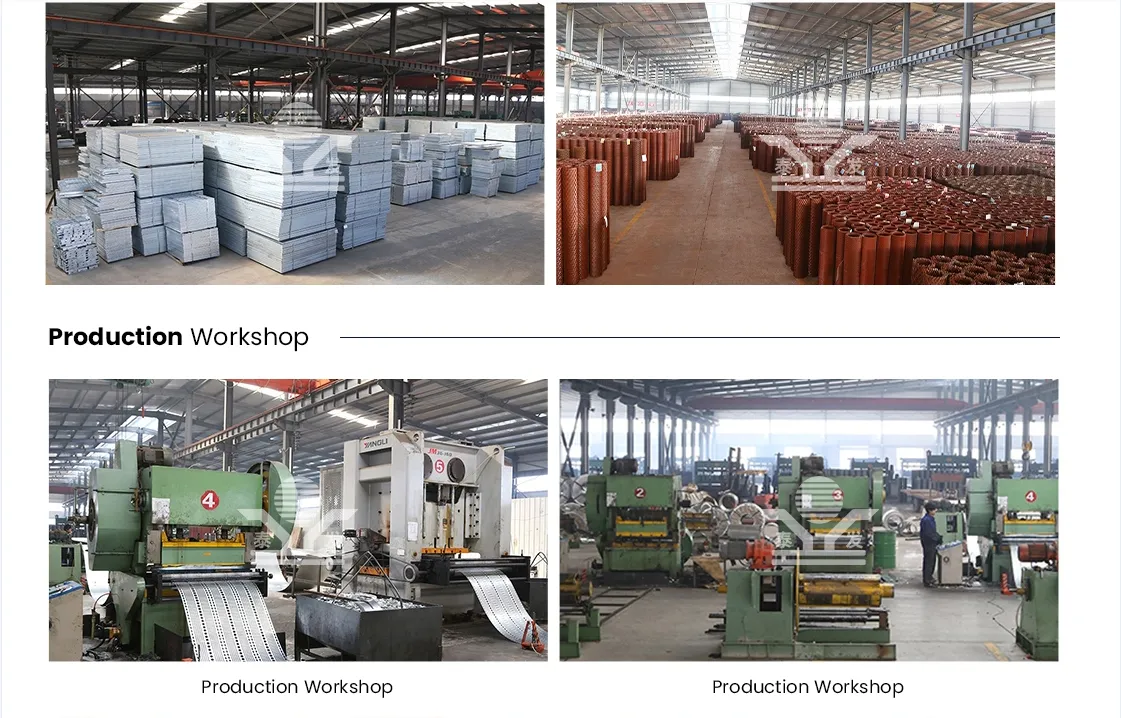The Importance of HVAC Sound Barriers in Modern Building Design
In the realm of modern architecture and engineering, the integration of heating, ventilation, and air conditioning (HVAC) systems is essential for creating comfortable indoor environments. However, one often-overlooked aspect of HVAC design is the impact of noise generated by these systems. To mitigate noise pollution and enhance comfort, HVAC sound barriers have become increasingly vital in building design.
Understanding the Need for HVAC Sound Barriers
As buildings grow taller and denser, the proximity of HVAC units to living and working spaces requires effective noise management. HVAC systems can produce various sounds, including mechanical vibrations, air movement, and the operational noise of compressors and fans. Exposure to excessive noise can lead to various issues, including increased stress levels, reduced productivity, and disrupted sleep patterns. Consequently, the implementation of sound barriers is not just a matter of aesthetics; it is crucial for health, well-being, and overall quality of life.
How Sound Barriers Work
HVAC sound barriers serve as physical structures that absorb, deflect, or block noise generated by HVAC systems. They can be made from various materials, including acoustic panels, soundproofing boards, or even specially designed enclosures. The effectiveness of a sound barrier depends on several factors, including material density, thickness, and placement relative to the source of noise.
1. Material Selection The choice of material is fundamental in sound barrier design. Dense materials like concrete, metal, or thick mass-loaded vinyl can effectively block sound, while softer materials like acoustic foam may be more effective in absorbing sound. The combination of these materials often yields the best results, providing a balance between sound absorption and blockage.
2. Barrier Design The design of the sound barrier also plays a critical role in its effectiveness. Barriers can be freestanding walls, enclosures around HVAC units, or integrated into building facades. The size, height, and configuration of the barrier can significantly influence its ability to reduce noise levels.
3. Placement Strategic placement of sound barriers is essential for maximizing their effectiveness. Ideally, barriers should be located as close to the noise source as possible and oriented toward the areas that require sound protection. This often involves careful planning during the building’s design phase.
hvac sound barrier

Benefits of HVAC Sound Barriers
The integration of sound barriers offers numerous benefits for both residential and commercial buildings.
1. Enhanced Comfort The primary advantage is the improvement of indoor comfort levels. By reducing noise from HVAC systems, occupants can enjoy a more serene and peaceful environment, conducive to relaxation, work, and social interactions.
2. Improved Health and Well-being Studies have shown that excessive noise can lead to increased stress and anxiety, sleep disturbances, and other health issues. Implementing sound barriers can contribute to better overall health by minimizing these negative impacts.
3. Aesthetic Integration Modern sound barriers can be designed to blend seamlessly with building architecture. This aesthetic consideration ensures that noise mitigation solutions do not compromise the visual appeal of the structure.
4. Regulatory Compliance In many regions, there are regulations regarding acceptable noise levels in residential and commercial buildings. Incorporating sound barriers can help ensure compliance with these regulations, avoiding potential fines or legal issues.
Conclusion
As urban environments become increasingly congested and noisy, the significance of HVAC sound barriers cannot be overstated. They serve a critical function in enhancing the livability of buildings for occupants, promoting wellness, and preserving the integrity of serene environments amidst the hustle of modern life. By investing in effective sound mitigation techniques, architects and engineers can create spaces that prioritize comfort and well-being, aligning with the growing trend towards holistic and sustainable building practices.
In summary, the future of building design lies not only in energy efficiency and sustainability but also in creating environments that foster peace and comfort through innovative solutions like HVAC sound barriers. As technology advances and the demand for quieter living and working spaces increases, the role of sound barriers will only continue to grow in importance.
-
Why Galvanized Trench Cover Steel Grating Resists Corrosion
NewsJul.10,2025
-
The Versatility and Strength of Stainless Expanded Metal Mesh
NewsJul.10,2025
-
Load Calculations in Steel Grating Platforms
NewsJul.10,2025
-
Keeping Pets and Kids Safe with Chicken Wire Deck Railing
NewsJul.10,2025
-
Hole Diameter and Pitch for Round Perforated Metal Sheets
NewsJul.10,2025
-
Aluminium Diamond Mesh in Modern Architecture
NewsJul.10,2025
Subscribe now!
Stay up to date with the latest on Fry Steeland industry news.

